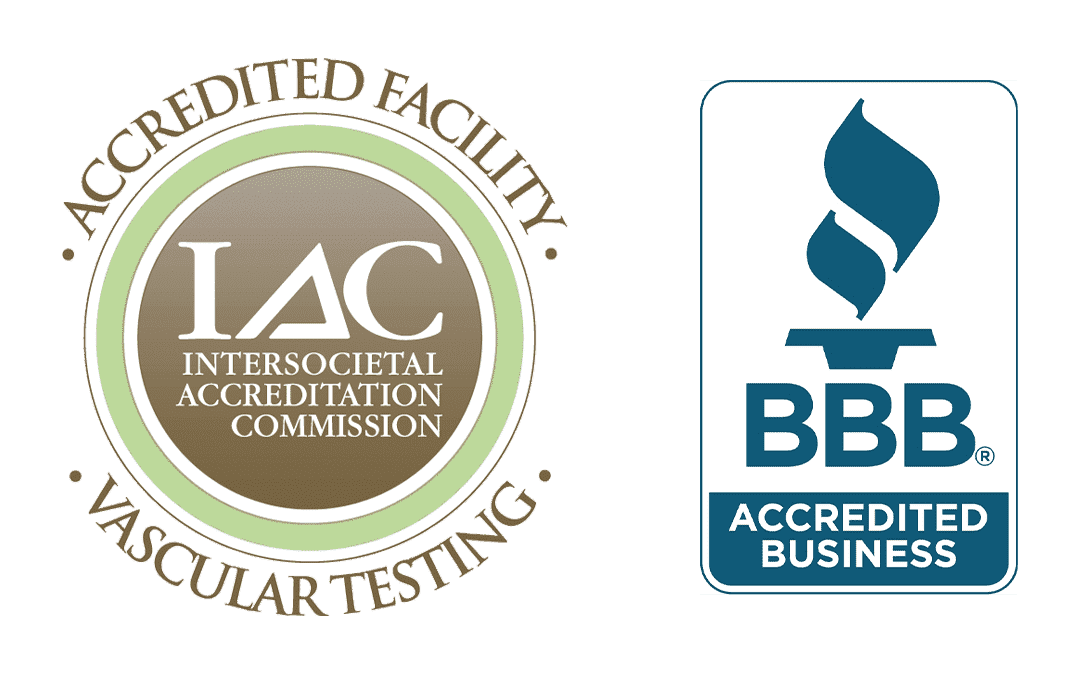Vascular Institute of Chattanooga performs a range of procedures to prevent amputation resulting from Critical Limb Ischemia (CLI) tailored to treat patients’ medical needs. To learn about these procedures and what they entail, click each one below.
When critical ischemia occurs to the legs and feet, the toes are often the most affected, with the skin turning black or gangrene. In the early stages, this can be reversed if found quickly and revascularization procedures performed. In these procedures, catheters and small wires are passed down the arteries of the legs to the foot arteries. The digital arteries come off the pedal arch circulation, and when this is repaired, the flow to the digital arteries can improve and healing can begin.
The most common arteries affected in patients presenting with critical ischemia in the lower extremities are the tibial arteries that range from the knee level to the ankle. Fixing these arteries is often paramount to improving blood flow to the foot and saving the leg.
Deep Venous Arterialization is a procedure performed to successfully create a connection with the proximal arterial inflow and a distal venous outflow. The procedure allows for blood flow to be restored to the foot, resulting in a saved leg and a prevented amputation.
The Shockwave IVL Catheter crosses the calcified lesions over a wire, integrating the use of a balloon to use the correct amount of energy to deliver an electrical discharge. This discharge dissolves the fluid within the balloon, creating a “burst” of energy that generates pressure. The sonic wave that is created travels through the vascular tissue, breaking through the calcium within the vessel wall.
